Digestive system inflammation, as well as regular viral infections, can cause gallstone disease. In addition, poor nutrition, an improper lifestyle, a hereditary predisposition and a violation of metabolic processes in the body can contribute to the appearance of stones in the gallbladder.

Patients with such a diagnosis are recommended special nutrition. Its observance is very important, since in combination with drug therapy, it allows you to quickly relieve the attack and achieve remission.
Diet for gallstone disease is aimed at removing the inflammatory process, preventing the formation of new stones and improving the general condition of the patient. So what is its essence? What restrictions does it imply? Let's figure it out together.
The main recommendations for the nutrition of patients
During attacks of cholelithiasis, the patient is recommended frequent meals. Food should be consumed at least five times a day, in small quantities.
With this regimen, the absorption of nutrients is significantly improved and intestinal motility is improved. The latter property is most important, since diseases of the gallbladder are very often accompanied by systematic constipation.
Diet for cholelithiasis during an exacerbation period prohibits eating before bedtime. So that food does not irritate the intestines, it must be consumed in a warm form. The optimal food temperature during this period is 25-60 degrees.
Products must undergo heat treatment. Boiled food or steamed is allowed.
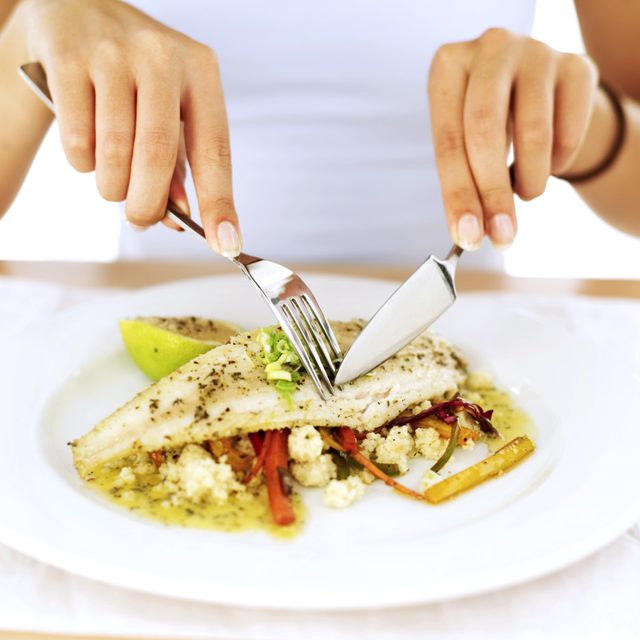
Salts and acids that contribute to the formation of new stones are completely excluded from the diet. It is also not allowed to eat fatty and fried.
During cooking, it is recommended to finely chop or grind. Chew food thoroughly. In this case, its digestion does not require a large amount of bile, and the body can work in a light mode.
The basic principles of nutrition in diseases of the gallbladder
During an exacerbation of gallstone disease, patients are recommended to follow a diet No. 5. It is based on increased consumption of foods with a high magnesium content (daily intake increases by about 4 times).
In addition to magnesium, fiber-rich foods that improve intestinal motility and vitamins are included in the diet. Particular attention should be paid to foods high in pectin. This substance helps to liquefy bile, normalize digestion and prevents the deposition of cholesterol on the walls of blood vessels.
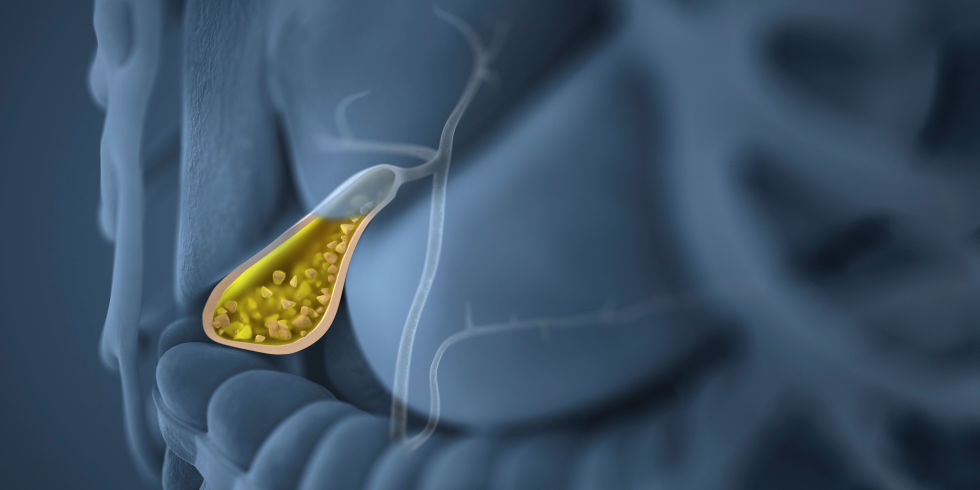
Such a combination of nutrients can significantly relieve spasms and completely or partially relieve pain.
Diet No. 5 implies a regimen divided into 3 main cycles. Each of them has a duration of 3-4 days. We consider each cycle separately.
Description of magnesium diet cycles
The first principle (cycle) of nutrition is used in the very initial stage of treatment. Here diet 5a is assigned . As a rule, the well-being of patients during this period is greatly impaired and is characterized by a complete lack of appetite. For this reason, the diet is based on a gentle way of eating.
At this time, the diet consists solely of warm drinking. In the period of exacerbation of gallstone disease, the diet includes juices diluted with warm water, a rosehip broth, weak green tea with a small amount of sugar. The volume of drinkable liquid should not exceed 2-3 glasses per day. In this case, you need to drink in small portions: first one teaspoon, and then one tablespoon.
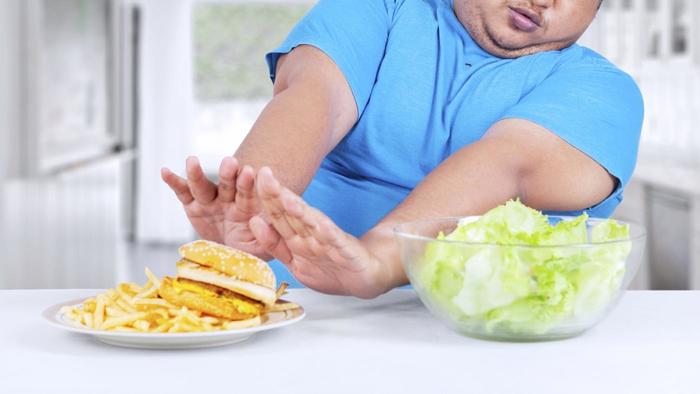
After three days, you can proceed to the second cycle of the diet. Here it is already allowed to add light soups and cereals to the diet. Oatmeal and rice porridge are preferred. You can also use semolina on diluted milk, grated fruits, jelly.
At the stage of the third cycle, low-fat cottage cheese, meat and fish can be gradually introduced into the diet.
Please note that the nutritional rules for gallstone disease are based on knowledge of the energy value of the foods used. It should not exceed 2300-2500 kcal per day.
It is important to note that the magnesium diet is strictly forbidden to patients suffering from gastritis, enterocolitis, with a stomach ulcer. In this case, your diet should be made under strict medical supervision!
Features of nutrition during an exacerbation of the disease
The main purpose of compiling a diet during an exacerbation of the disease is to ensure the rest of the digestive system. Nutrition is selected according to the principle of complete elimination of gross products, leading to mechanical irritation of the walls of the stomach and intestines.
At the acute stage, the diet for gallstone disease excludes products that cause fermentation. Meat dishes are served only in crushed form.
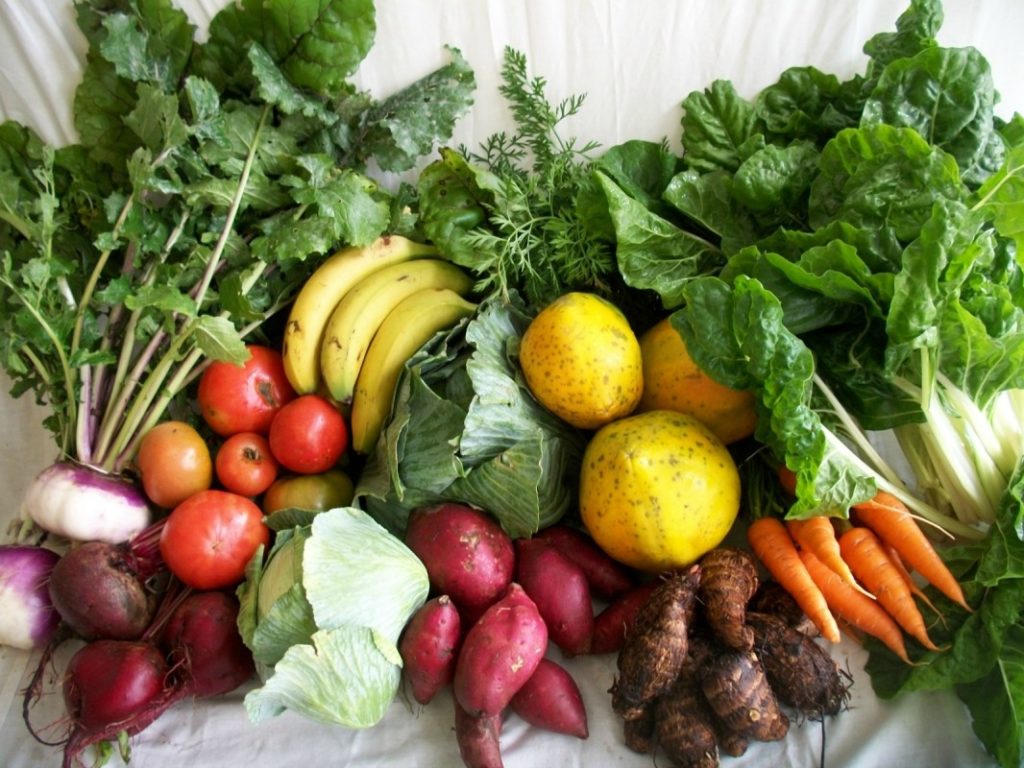
Diet 5a includes a restriction on the use of bread products: the presence of dried wheat bread from first-class flour is allowed in the diet.
Soups and mashed potatoes should be prepared on the basis of diluted milk. Rice and hercules flakes must first be ground.
It is allowed to use pumpkin, potatoes and carrots in cooking. For dressing, you can take sour cream of minimal fat content.
This diet is observed during the first 1.5-2 weeks. Then the patient is transferred to table No. 5.
List of allowed products
Menus for cholelithiasis are made from a list of allowed foods. It includes:
- dried bread and diet cookies;
- low-fat varieties of meat and fish (in the form of cutlets);
- soups (vegetarian type);
- low fat dairy products;
- buckwheat, rice, oatmeal;
- eggs (in the form of a steam omelet, not more than 1 pc per day);
- baked apples and pears;
- dried fruits (raisins, prunes, dried apricots);
- boiled vegetables (except prohibited);
- vermicelli;
- lightly brewed tea with milk;
- vegetable and butter (added to food).
All dishes are cooked in a slow cooker, a double boiler, baked or boiled. Eating every 2-3 hours (in small portions).
Prohibited Products List
Prohibited foods in gallstone disease can provoke a worsening of the patient's condition. For the period of the course of the disease, they should be completely abandoned.
This list includes:
- alcohol, black coffee, carbonated drinks;
- dishes with a high content of oxalic acid (pickle, cabbage soup, green borsch);
- fermentation products (legumes, mushrooms);
- pearl barley, corn grits, millet porridge;
- fatty varieties of meat and fish (salmon, salmon, sardine, etc.);
- cabbage;
- offal;
- canned food (including homemade);
- eggs (hard boiled);
- puff pastry, fresh and pastry;
- products containing cocoa beans (cocoa, chocolate, confectionery);
- sorrel, spinach;
- ice cream;
- fatty dairy products;
- various sauces (including mayonnaise).
With an exacerbation of the disease, the use of fast food dishes is strictly prohibited. It is also not recommended to add all kinds of spices, solid and acidic foods to food.
The basic rules of the table №5
Despite existing restrictions, a diet for patients with cholelithiasis involves a balanced diet. Menus are compiled based on the following requirements:
- The daily water intake should be about 1.5-2 liters.
- The use of salt cannot exceed 6-10 grams. During the period of exacerbation, this component can be completely excluded from the patient’s diet.
- Daily intake of carbohydrates - not less than 300 and not more than 350 grams.
- The daily rate of fat added to dishes is 70-75 grams.
- Protein intake is 90 grams per day.
Nutrition that meets the above recommendations will satisfy the daily needs of the body for its normal functioning. In this case, the digestive system will not be subjected to a large load.
Now consider the approximate table menu number 5.
Gallstone Diet: An Exemplary Breakfast Menu
At first glance, the limitations of this diet seem very strict to many. Patients fall into despair and look forward to hungry days with horror. However, do not go to extremes. From the allowed products it is quite possible to cook delicious dishes.
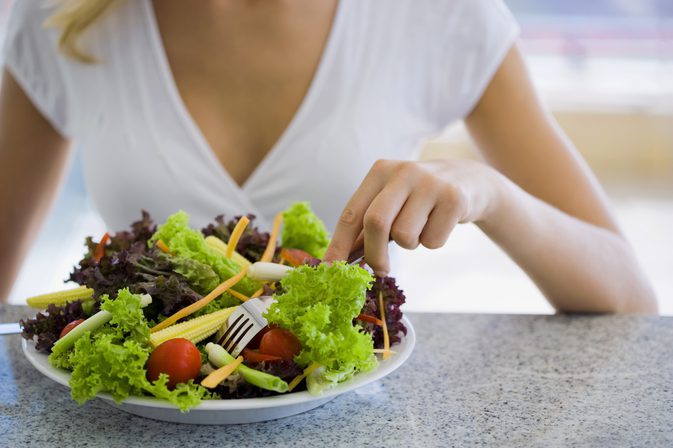
Consider the options for breakfast for 7 days.
Day 1: oatmeal with cookies, low-brewed tea.
Day 2: cottage cheese casserole (seasoned with sour cream), a decoction of rose hips.
Day 3: buckwheat or rice porridge, tea with a small slice of lemon.
Day 4: pasta with the addition of butter and cheese, tea with lemon, cookies with natural fruit jam.
Day 5: apple and carrot salad, cottage cheese with sour cream, natural jelly.
Day 6: soufflé from chicken or fish, semolina, tea with marmalade.
Day 7: pasta with dried fruit, tea with baked apples.
As you can see, the menu is quite diverse. If you show imagination, the dishes can be made even more interesting and unusual.
Exemplary Breakfast Options
Do not forget that the diet for gallstone disease requires fractional and frequent nutrition. 2-2.5 hours after breakfast, it is time to start a second meal. It should be lighter, but no less useful.
A weekly diet may consist of the following meals:
Monday: carrot and beet salad, juice without preservatives.
Tuesday: oatmeal souffle, a rosehip decoction (or lightly brewed green tea).
Wednesday: boiled chicken with potatoes, fruit jelly (for example, from blackcurrant berries).
Thursday: cottage cheese casserole with nuts, black tea.
Friday: fermented baked milk or yogurt, dry sweet cookies.
Saturday: milk porridge with the addition of banana, dried fruit compote, cookies.
Sunday: pasta, baked apples, natural juice.
Between meals, you can eat a slice of dried bread, cookies or crackers. To improve the taste, you can pour them with a small amount of honey.
Diet food for lunch
What can I eat with gallstone disease for lunch? Here, more hearty dishes that do not contradict the therapeutic diet are suitable. If the disease is not in an acute stage, all products from the allow list can be used for cooking.
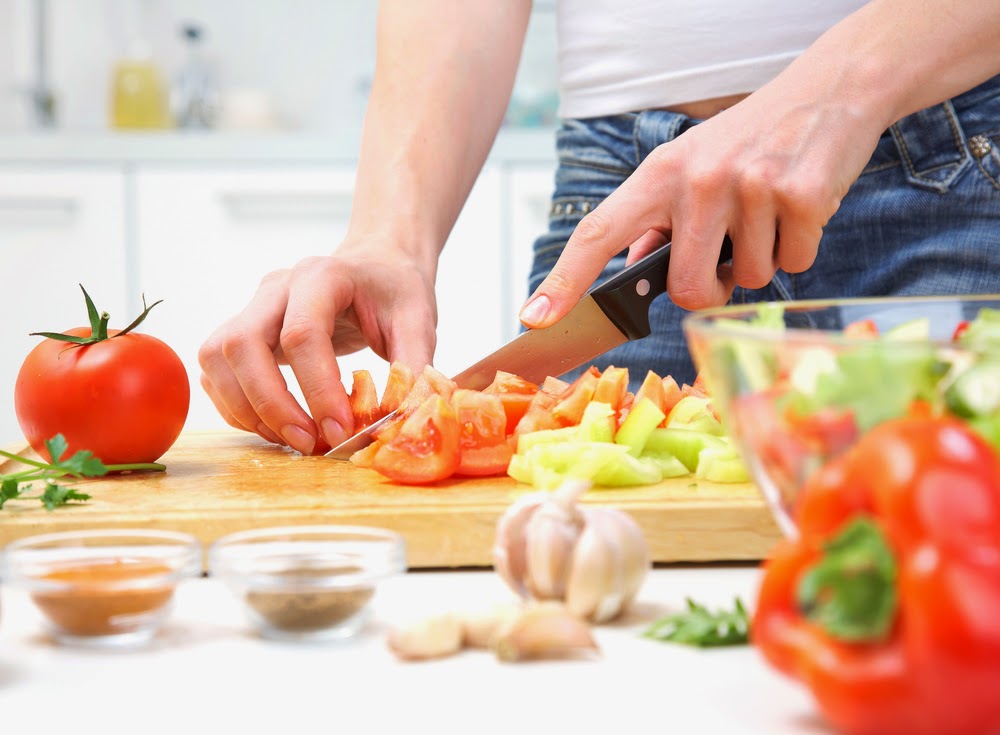
A weekly diet may look like this:
- Monday: vegetable borsch, boiled chicken with rice porridge, fruit juice.
- Tuesday: soup with buckwheat filling, low-fat fish, tea with milk.
- Wednesday: milk porridge or soup with pasta, potatoes (mashed potatoes), steam cutlets, jelly.
- Thursday: vegetable soup, boiled rabbit meat, a side dish of cauliflower, a rosehip drink.
- Friday: vegetable soup with rice, boiled or steam fish, pumpkin puree, juice.
- Saturday: cabbage soup without meat, steam meatballs, juice or broth of wild rose.
- Sunday: grated potato soup with crackers, fish souffle, jelly.
There should be a light afternoon snack between lunch and dinner. Here you can get a glass of fermented baked milk, jelly or juice with dry biscuit cookies (about 100 grams).
Making a dinner menu
An evening meal should not greatly strain the stomach. The diet for cholelithiasis is also adapted to this rule. Dinner dishes should be hearty enough, but not heavy. Strictly monitor their dosage, as overeating at night is not recommended.
Meals should be taken no later than 18:00. The diet can be selected as follows:
Monday: Chicken meat with cabbage salad, banana, jelly or juice.
Tuesday: stewed fish, grated boiled beets with walnuts.
Wednesday: low-fat boiled meat, baked potatoes, fruit compote.
Thursday: meat soufflé with cauliflower, tea, biscuit cookies.
Friday: steamed meatballs, pasta, juice.
Saturday: fish souffle with rice, carrot salad, green tea.
Sunday: steam patties, baked pumpkin, tea.
A couple of hours before bedtime, it is allowed to additionally eat a fresh apple, several dry pieces of bread or drink a glass of yogurt.
Some Important Diet Questions
Recipes for gallstone disease include only authorized products - this is understandable. But what about drinking? Can I drink mineral water?
With this disease, it is recommended to use medicinal water: Borjomi, Polyana Kvasova, Luzhanskaya. First you need to release gas from it!
What spices can be added to dishes to improve the taste? The diet does not include the use of seasonings, but turmeric is an exception. In addition to taste, it helps to eliminate toxins from the body, which is very useful during an exacerbation of gallbladder diseases.
Conclusion
We examined what constitutes a diet for gallstone disease and what limitations it includes. In conclusion, I would like to note that strict adherence to the recommendations set forth in it will significantly accelerate the removal of painful sensations and bring recovery closer.
At first glance, dieting may seem very difficult, but in fact this period is an excellent occasion for learning new recipes and tasting diet foods. And who knows, maybe some of them will become your favorite.